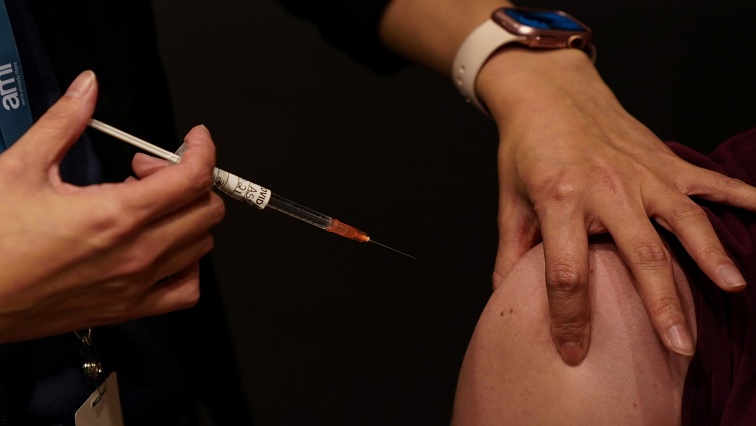Low vaccination rates against the latest versions of COVID-19 and influenza are putting pressure on healthcare systems this winter, leading public health officials told Reuters.
In the United States, several European countries and other parts of the world, there have been reports of rising hospitalizations linked to respiratory infections in recent weeks. Death rates have also ticked up among older adults in some regions, but are far below the COVID-19 pandemic peak.
Spain’s government has reinstated mask-wearing requirements at healthcare facilities, as have some US hospital networks.
“Too many people are in need of serious medical care for flu, for COVID-19, when we can prevent it,” said Maria Van Kerkhove, the World Health Organization’s interim director of epidemic and pandemic preparedness.
She cited “incredibly low” vaccination rates against flu and COVID-19 in many countries this season, as the world tries to move past the pandemic and its restrictions.
Governments have struggled to communicate the risks still posed by COVID-19 and the benefits of vaccination since a global public health emergency was declared over in May 2023, infectious disease experts and health officials said.
Only 19.4% of US adults have received this season’s COVID-19 vaccine based on the US Centers for Disease Control (CDC) and Prevention’s National Immunization Survey, despite a recommendation that all adults get an updated shot to protect against serious illness.
That compares roughly with 17% of adults who got the bivalent booster in the 2022-2023 season, based on actual vaccine data reported to the CDC by states.
Nearly half of US adults over 18 got a flu shot this season (44.9%), roughly the same as last year (44%), according to the CDC.
“We don’t think enough people have gotten the updated COVID-19 vaccine,” CDC director Mandy Cohen said in an interview. “Folks still aren’t understanding that COVID-19 is still a more severe disease than flu.”
Vaccine fatigue
Flu represented 5.2% of US emergency visits compared with 3% for COVID-19 in the week ended December 30. Yet COVID-19 accounted for 10.5 out of 100 000 hospitalizations in that time, compared with 6.1 per 100 000 for flu.
Most of the updated shots being used in the US and European Union are made by Pfizer with German partner BioNTech or Moderna
In Europe, flu is circulating at a higher rate than COVID, the European Centre for Disease Prevention and Control (ECDC) said. In total, 24% of a representative sample of tests came back positive in the last week of 2023, up from 19% a fortnight earlier.
The rates are in line with previous flu seasons, said ECDC’s respiratory virus expert Edoardo Colzani. But “now we have COVID-19 as a new, unwanted guest”, he said.
The ECDC did not have vaccination rates for the continent for flu or COVID-19, but Colzani said early data showed COVID-19 vaccine uptake well below pandemic levels.
In Europe, the new COVID-19 shots are recommended for high-risk groups only, such as seniors and the immunocompromised. Among these groups, the WHO says there should be 100% coverage. COVID-19 rates are also rising in the southern hemisphere during their summer, the WHO said, because it is not yet a seasonal virus.
Last month, 850 000 new COVID-19 cases and 118 000 new hospitalizations were reported globally, a rise from November of 52% and 23%, respectively, according to WHO, which added that actual figures were likely higher.
The vaccines are still very effective at preventing serious illness, even if they do not block infection, experts said.
A recent study in the Lancet Infectious Diseases journal from the Karolinska Institutet and Danderyd Hospital in Sweden found the updated vaccine, which targets the XBB.1.5 coronavirus variant, reduced the risk of COVID-19 hospitalization by 76.1% in people affected by more recent variants, based on public health records from adults over 65 years old.
This year’s flu shots, made by a range of manufacturers, are estimated to reduce hospitalization risk by 52%.
But “fatigue for COVID-19 vaccination” is hampering uptake, Colzani said. In Italy, for example, 8.6% of the eligible population have had their third COVID-19 booster after the initial vaccination series, Ministry of Health data from January 7 showed.
The data for flu is not yet available, but a study by Federfarma, the association of Italian pharmacies, said 15% of Italians had been vaccinated against flu this autumn, compared to just over 20% last season.






